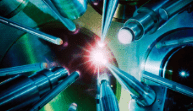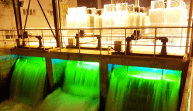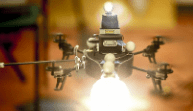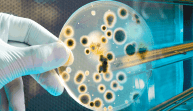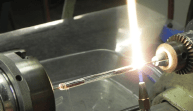
Amglo’s Xenon Pulse Lighting Gaining Traction as Virus Killer
View the article at Green Lodging News
Amglo, a leading manufacturer of specialty lamps since 1935, manufactures technology that is at the forefront of safe, sustainable and powerful disinfection: xenon pulse lighting. As awareness of pathogens around the world has sharply risen due to the pandemic, facility leaders are seeking reliable and safe methods to quickly destroy pathogens of all types. Xenon pulse is gaining traction as an effective way to kill viruses and bacteria and can be used safely in many buildings like office complexes, schools, hotels, museums, healthcare centers and other facilities.
“We originally built these lamps for applications like aircraft lighting, but now we’re able to use the same technology to decontaminate all types of environments,” said Grant Hyland, CEO of Amglo. “One of the main challenges of disinfection is being able to obliterate viral and bacterial pathogens without the use of harsh chemicals or toxic substances like mercury, which are in UVC lamps. Xenon pulse lamps don’t have these harmful characteristics and they kill pathogens fast.”
One of the places xenon lamps are being housed are on robots, which can roam hallways and enter different rooms, removing pathogens right at the surface. The technology may also play a key role in returning employees to offices, once the pandemic winds down. The lamps can also be installed in HVAC ventilation systems to scrub the air, helping to disinfect standalone businesses and even large office buildings.
“We hope facilities managers will take notice of this important tool as they work on strategies for reopening workplaces, malls, restaurants and other places of commerce,” Hyland said.
How it works: High intensity pulsed light (HIPL) is emitted from the xenon flash lamp, with flashes emitted multiple times per second. The energy of each pulse is compressed into a very short pulse width making the peak power of each pulse extremely high. HIPL has an advantage over other disinfection lighting methods that may leave pathogens dormant, but still able to reproduce.










